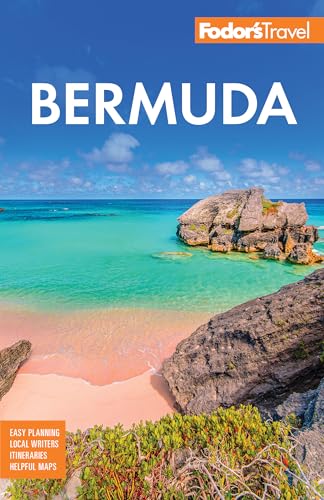The Bermuda Triangle Demystified
Long before the myth of the Bermuda Triangle became legend, Bermuda had already earned a reputation as an enchanted island. It was nicknamed "The Devil's Island" by early sea travelers, frightened by the calls of cahow birds and the squeals of wild pigs that could be heard onshore. But perhaps the most damning tales were told by sailors terrified of being wrecked on Bermuda's dangerous reefs. The island's mystical reputation is believed to have inspired Shakespeare's The Tempest, a tale of shipwreck and sorcery in "the still-vexed Bermoothes."
The early origin of the Triangle myth stretches as far back as Columbus, who noted in his logbook a haywire compass, strange lights, and a burst of flame falling into the sea. Columbus, as well as other sailors after him, also encountered a harrowing stretch of ocean now known as the Sargasso Sea. Ancient tales tell of sailboats stranded forever in a windless expanse of water, surrounded by seaweed and the remnants of other unfortunate vessels. It's true that relics have been found in the Sargasso Sea—an area of ocean between Bermuda and the Caribbean—but the deadly calm waters are more likely the result of circular ocean currents sweeping through the North Atlantic rather than paranormal activity.
In the past 500 years at least 50 ships and 20 aircraft have vanished in the Triangle, most without a trace—no wreckage, no bodies, nothing. Many disappeared in reportedly calm waters, without having sent a distress signal. Among the legends is that of Flight 19. At 2:10 on the afternoon of December 5, 1945, five TBM Avenger Torpedo Bombers took off from Fort Lauderdale, Florida, on a routine two-hour training mission. Their last radio contact was at 4 pm. The planes and 27 men were never seen or heard from again. The official navy report said the planes disappeared "as if they had flown to Mars."
The bizarre disappearances attributed to the Triangle have been linked to everything from alien abduction to sorcery. Although the mystery has not been completely solved, there are scientific explanations for many of the maritime disasters that have occurred in the Triangle. The most obvious answers are linked to extreme weather conditions with which any Bermudian fisher would be well acquainted. "White squalls"—intense, unexpected storms that arrive without warning on otherwise clear days—are probable culprits, along with waterspouts, the equivalent of sea tornadoes. The most recent scientific theory on the infamous Triangle suggests that the freakish disappearance of ships and aircraft could be the result of large deposits of methane gas spewing up from the ocean floor. Huge eruptions of methane bubbles may push water away from a ship, causing it to sink. If the highly flammable methane then rises into the air, it could ignite in an airplane's engine—causing it to explode and disappear.
Fact or fiction, the Triangle is a part of local lore that won't disappear anytime soon. But don't let it scare you away—this myth isn't the only thing that makes Bermuda seem so magical.




